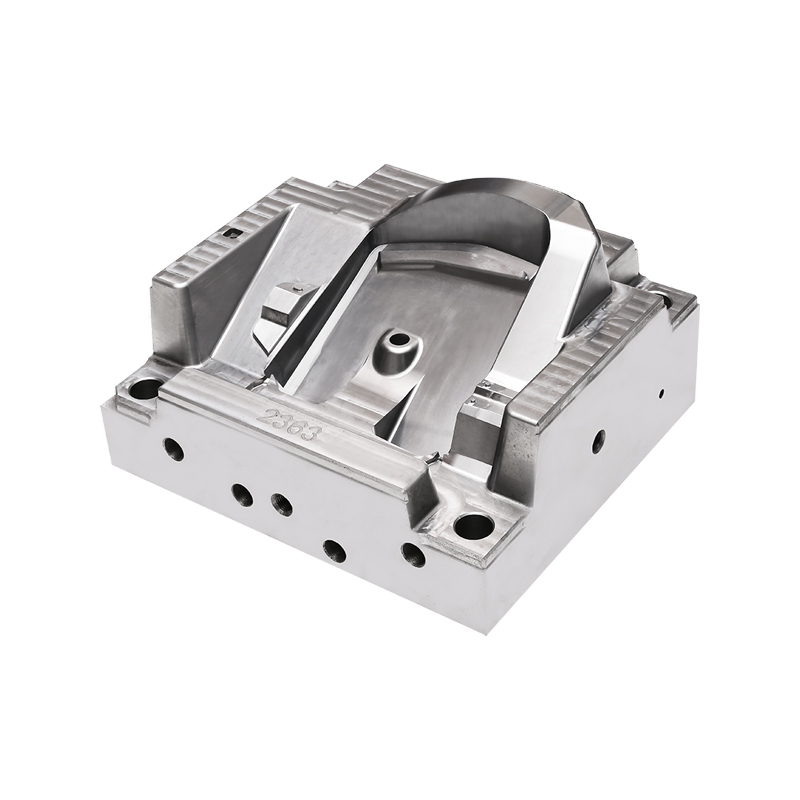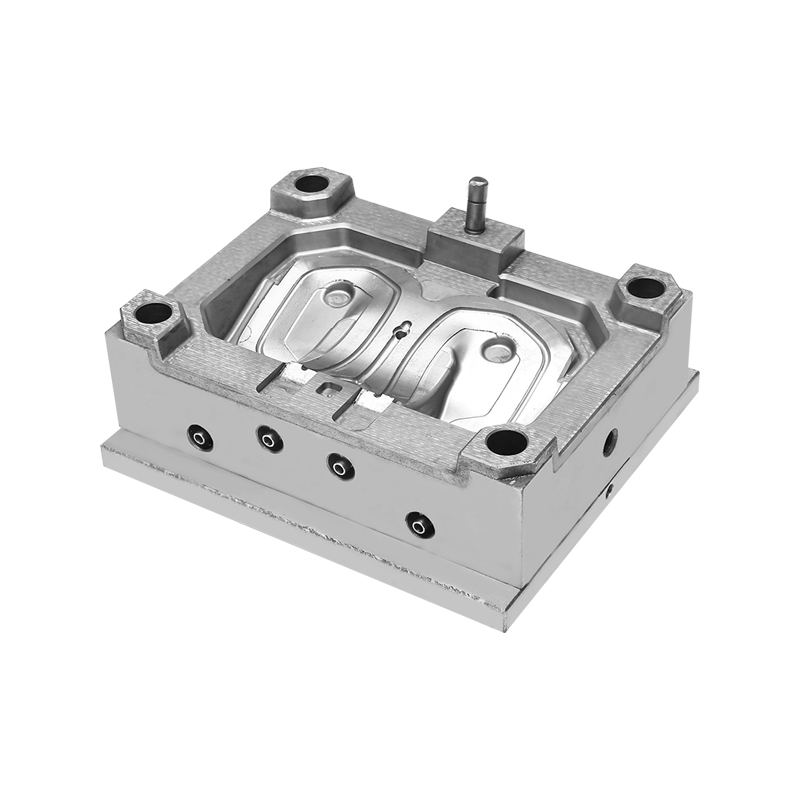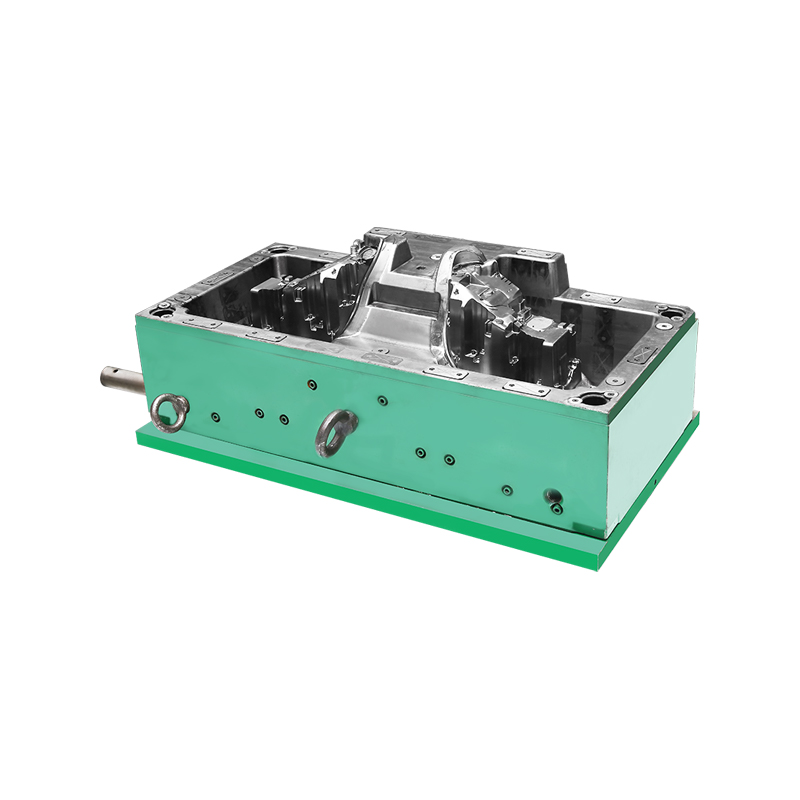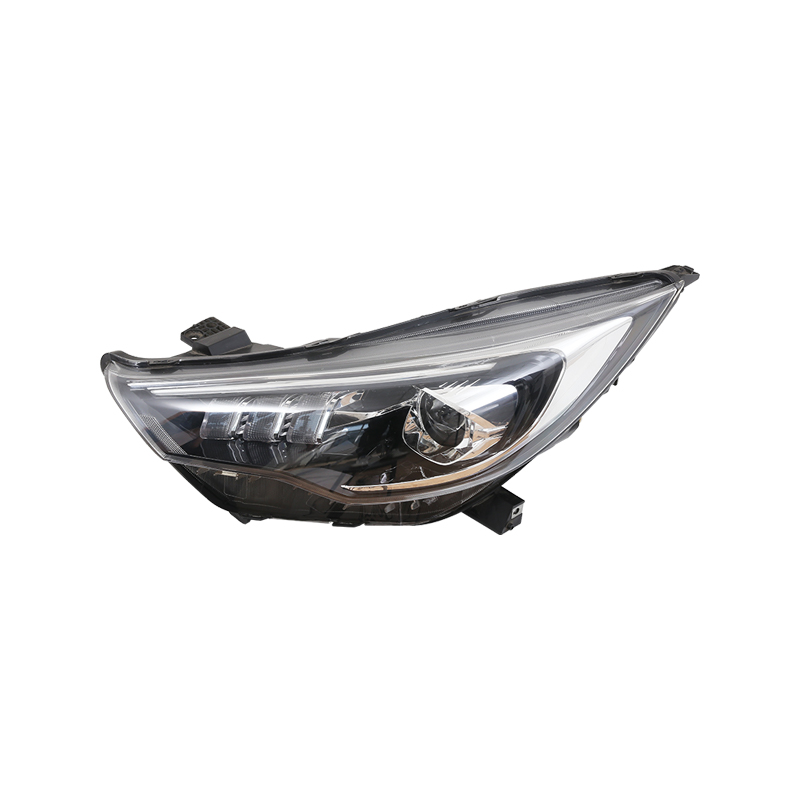Custom auto car body protector moulding Factory
In the fast-paced world of automotive manufacturing, the quest for perfection is a never-ending journey. Car body moulds play a pivotal role in this pursuit, ensuring that each component produced meets the stringent standards of precision and tolerance required for a seamless assembly process. The intricate relationship between car body moulds and the quality of the final product cannot be overstated. This article delves into the various aspects of car body moulds and their critical role in maintaining the consistency and excellence of automotive components.
Car body moulds are the backbone of the automotive industry, shaping the future of vehicles by providing the necessary precision for each part. These moulds are designed to withstand the rigors of high-volume production while maintaining the integrity of the design. The use of car body moulds is not just about creating a single part; it's about creating a legacy of quality that resonates through every vehicle produced.
The design of car body moulds is a complex process that involves a deep understanding of materials, manufacturing processes, and the end-use of the components. Engineers must consider the material properties, such as strength, durability, and flexibility, to ensure that the moulds can produce parts that meet the required specifications. The design must also account for the wear and tear that moulds experience over time, ensuring that they can maintain their precision throughout their service life.
The choice of material for car body moulds is crucial. Steel, aluminum, and even advanced composite materials are used, depending on the specific requirements of the part being produced. Each material has its advantages and limitations, and the selection process is a careful balance between cost, performance, and longevity. For instance, steel offers outstanding durability and strength, making it a popular choice for high-stress applications, while aluminum provides a lighter alternative for weight-sensitive components.
Precision is the hallmark of car body moulds. Tolerances are often measured in microns, reflecting the need for parts to fit together with absolute precision. This level of accuracy is achieved through advanced machining techniques and rigorous quality control measures. The use of computer-aided design (CAD) and computer-aided manufacturing (CAM) systems has revolutionized the way car body moulds are created, allowing for greater precision and faster turnaround times.
The maintenance of car body moulds is as critical as their initial design and construction. Regular inspections and maintenance ensure that the moulds remain in better condition, prolonging their lifespan and maintaining the quality of the parts they produce. This includes cleaning, lubrication, and repair or replacement of worn or damaged components. The lifespan of a car body mould can vary widely, depending on the materials used, the care taken in their maintenance, and the volume of parts produced.
The automotive industry is constantly evolving, and so too are car body moulds. Advances in materials science, manufacturing techniques, and automation are driving improvements in the design and performance of moulds. For example, the use of 3D printing technology is enabling the production of complex mould designs that were previously impossible to create. This not only speeds up the development process but also allows for greater customization and flexibility in the production of automotive components.
The quality and consistency of automotive components are directly influenced by the car body moulds used in their production. A well-designed and maintained mould ensures that each part produced is identical to the next, reducing the likelihood of defects and ensuring a high level of quality control. This consistency is essential for the assembly process, as it allows for the seamless integration of parts into the final vehicle.
Despite the advancements in technology and materials, challenges remain in the manufacturing of car body moulds. These include the high costs associated with the development and maintenance of moulds, as well as the need for continuous innovation to keep pace with the evolving demands of the automotive industry. Solutions to these challenges involve investing in research and development, adopting new technologies, and fostering collaboration between manufacturers, suppliers, and researchers.
Car body moulds are the unsung heroes of the automotive industry, quietly shaping the vehicles of today and tomorrow. Their importance cannot be overstated, as they are the foundation upon which the quality and consistency of automotive components are built. As the industry continues to evolve, so too will the technology and techniques used in the design and manufacture of car body moulds, ensuring that the vehicles of the future are as precise and reliable as the moulds that create them.

 English
English 中文简体
中文简体 русский
русский Español
Español








